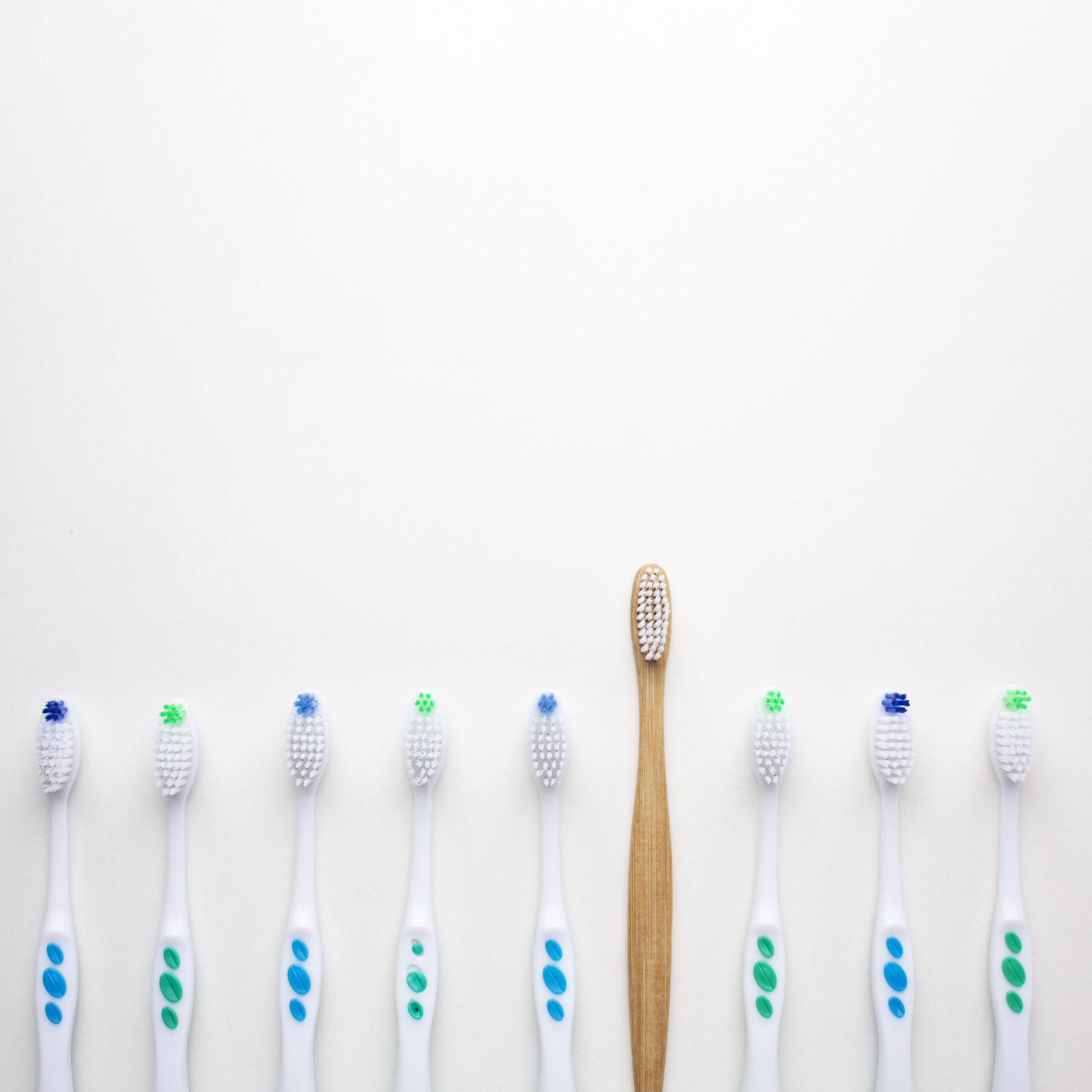Maintaining good oral hygiene is crucial for overall health, and the tools we use can make a significant difference. The electric toothbrush, with its advanced technology and superior cleaning capabilities, has become a game-changer in oral care. This article will explore how electric toothbrushes work, their benefits, the different types available, how to choose the right one, and tips for effective use to help you achieve optimal dental health.
How Electric Toothbrushes Work
Electric toothbrushes are designed to automate the brushing process, providing a more thorough clean compared to manual toothbrushes. They come with various features that enhance their effectiveness:
1. Oscillating-Rotating Technology
Many electric toothbrushes use oscillating-rotating technology, where the brush head oscillates (rotates back and forth) to remove plaque and debris from teeth. The rapid movement, combined with the small, round brush head, allows for a more targeted and efficient cleaning.
2. Sonic Technology
Sonic toothbrushes use high-frequency vibrations to clean teeth. These vibrations create a dynamic fluid action that reaches between teeth and along the gumline, where traditional brushes might miss. Sonic toothbrushes can deliver up to 31,000 strokes per minute, significantly enhancing cleaning power.
3. Ultrasonic Technology
Ultrasonic toothbrushes emit ultrasound waves to disrupt the plaque matrix at a microscopic level. These toothbrushes can produce vibrations at frequencies beyond human hearing, effectively breaking down plaque and bacteria without relying solely on physical brushing action.
4. Pressure Sensors
Many electric toothbrushes are equipped with pressure sensors that alert you if you’re brushing too hard. Excessive pressure can damage gums and tooth enamel, so this feature helps ensure a gentler and more effective brushing technique.
5. Timers
Built-in timers ensure that you brush for the dentist-recommended two minutes. Some models also have quadrant timers that alert you every 30 seconds to move to a different section of your mouth, promoting even cleaning.
6. Multiple Cleaning Modes
Electric toothbrushes often come with various cleaning modes tailored to different needs, such as daily clean, gum care, sensitive, whitening, and deep clean. These modes adjust the speed and intensity of the brush movements to provide customized care.
Benefits of Using an Electric Toothbrush
Electric toothbrushes offer numerous benefits over manual toothbrushes, contributing to better oral health and hygiene.
1. Superior Plaque Removal
Electric toothbrushes are more effective at removing plaque due to their high-speed movements and advanced technology. Studies have shown that electric toothbrushes can reduce plaque and gingivitis more effectively than manual brushes.
2. Improved Gum Health
The gentle, oscillating movements of electric toothbrushes massage the gums, improving blood circulation and promoting healthier gums. They also help prevent gum recession caused by aggressive brushing with manual toothbrushes.
3. Ease of Use
Electric toothbrushes are easier to use, especially for people with limited mobility, such as arthritis sufferers or the elderly. The automated brushing action requires less manual effort, making it easier to maintain proper brushing habits.
4. Consistent Brushing Time
The built-in timers in electric toothbrushes ensure that you brush for the recommended amount of time. This helps establish a consistent oral hygiene routine, reducing the likelihood of rushed or inadequate brushing.
5. Enhanced Cleaning Modes
Different cleaning modes cater to specific needs, such as sensitive teeth or gum care, allowing for a more personalized brushing experience. This versatility ensures that your brushing routine is tailored to your oral health requirements.
6. Fun for Kids
Electric toothbrushes can make brushing more enjoyable for children, encouraging them to develop good oral hygiene habits from a young age. Many models designed for kids feature fun designs, interactive features, and apps that make brushing a fun activity.
Types of Electric Toothbrushes
There are several types of electric toothbrushes available, each with unique features and benefits. Understanding the differences can help you choose the best one for your needs.
1. Rotating Toothbrushes
Rotating toothbrushes have a round brush head that rotates in one direction to clean the teeth. Some models also oscillate, providing a combination of rotating and pulsating movements for enhanced cleaning.
2. Rotating-Oscillating Toothbrushes
These toothbrushes have brush heads that rotate in both directions and pulsate to dislodge plaque and debris. They are highly effective at cleaning teeth and are a popular choice among users.
3. Sonic Toothbrushes
Sonic toothbrushes use high-frequency vibrations to clean teeth. The rapid movements create a dynamic fluid action that can reach between teeth and along the gumline, providing a thorough clean.
4. Ultrasonic Toothbrushes
Ultrasonic toothbrushes use ultrasound waves to break down plaque at a microscopic level. They do not rely solely on physical brushing movements, making them gentle yet highly effective at removing plaque and bacteria.
5. Battery-Powered Toothbrushes
Battery-powered toothbrushes are a more affordable option compared to rechargeable models. They are powered by replaceable batteries and offer basic electric brushing capabilities without advanced features.
6. Rechargeable Toothbrushes
Rechargeable toothbrushes come with a charging base and offer advanced features such as multiple cleaning modes, timers, and pressure sensors. They are more expensive but provide a superior brushing experience.
How to Choose the Right Electric Toothbrush
Choosing the right electric toothbrush involves considering various factors to ensure it meets your specific needs and preferences.
1. Brushing Technology
Consider the type of brushing technology that suits your needs. Oscillating-rotating toothbrushes are effective for general use, while sonic and ultrasonic toothbrushes offer advanced cleaning capabilities.
2. Features
Look for features that enhance your brushing experience, such as pressure sensors, timers, and multiple cleaning modes. These features can provide a more personalized and effective brushing routine.
3. Brush Head Compatibility
Check if the toothbrush is compatible with different brush heads, allowing you to choose the one that best suits your needs. Some models offer a variety of brush heads for different purposes, such as whitening or gum care.
4. Battery Life
Consider the battery life of the toothbrush, especially if you travel frequently. Rechargeable models with long battery life and portable charging options are ideal for maintaining your oral hygiene on the go.
5. Price
Electric toothbrushes come in a wide range of prices. Determine your budget and look for a toothbrush that offers the best value for your money, balancing features, performance, and cost.
6. User Reviews
Read user reviews and ratings to get an idea of the toothbrush’s performance and reliability. Reviews can provide valuable insights into the pros and cons of different models.
Tips for Effective Use of an Electric Toothbrush
To get the most out of your electric toothbrush, follow these tips for effective use:
1. Use the Right Amount of Toothpaste
Apply a pea-sized amount of toothpaste to the brush head. Too much toothpaste can cause excessive foam, making it difficult to clean all areas of your mouth effectively.
2. Position the Brush Correctly
Hold the toothbrush at a 45-degree angle to your gums. This angle helps remove plaque from both the teeth and gumline.
3. Let the Brush Do the Work
There’s no need to apply pressure or scrub vigorously. Let the electric toothbrush’s movements do the cleaning. Gently guide the brush head across each tooth and gumline.
4. Brush for the Full Two Minutes
Ensure you brush for the dentist-recommended two minutes. Use the built-in timer or a stopwatch to track your brushing time, and make sure to spend an equal amount of time on each quadrant of your mouth.
5. Clean the Brush Head Regularly
Rinse the brush head thoroughly after each use to remove toothpaste and debris. Replace the brush head every three months or sooner if the bristles are frayed.
6. Store Properly
Store your electric toothbrush in an upright position to allow the brush head to air dry. Avoid storing it in a closed container, as this can promote bacterial growth.
Conclusion
Toothbrush UV cleaner have revolutionized oral hygiene, offering superior cleaning capabilities, ease of use, and advanced features that manual toothbrushes cannot match. By understanding how electric toothbrushes work, their benefits, and how to choose the right one, you can significantly improve your oral health. Incorporating an electric toothbrush into your daily routine can lead to cleaner teeth, healthier gums, and a more confident smile. Invest in a quality electric toothbrush and follow best practices for use to enjoy the full benefits of this innovative oral care tool.







